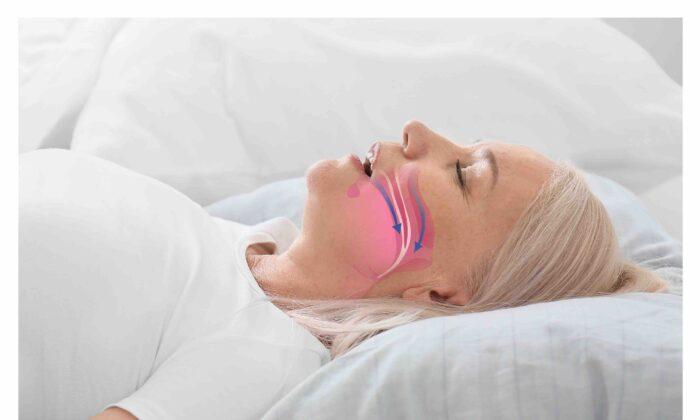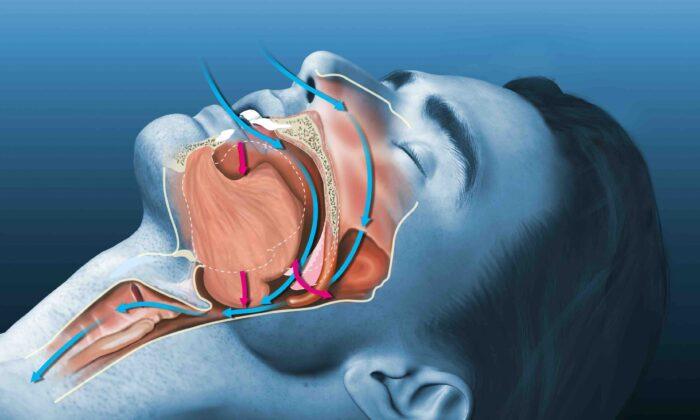A veneer is like a false fingernail, but instead of enhancing the top surface of a finger, a veneer is bonded onto the front surface of a tooth.
Preferentially, veneers are attached on to the enamel (outside) surface of a tooth. Full preparation of a tooth is not needed, and in many cases, no preparation at all is needed. This rule is immediately broken—as are many things in dentistry—due to the realities of a particular clinical need. For example, to help restore damage caused by bulimic erosion of the enamel of the back surface of the upper teeth, this rule has to be set aside, as there may simply not be any enamel remaining for the veneer to bond. So dentin bonding can still step in to help to protect that area, with the newer adhesive materials that are now available.
Because of minimal preparation, temporization may not be required between visits. The dentist takes an impression of the teeth and sends that off to the laboratory in the same way as we have mentioned for making crowns. Veneers are very aesthetic and can change the shape and color of an errant tooth, sometimes in a very dramatic way. Although veneers are very thin, the bonding resins that are used to glue the veneer to the teeth come in a variety of colors, and this enables a very accurate copy of the original tooth’s appearance in terms of color and characteristics—including for example, striations or marks unique to that particular tooth.
If the biting surface of the front teeth (incisal edge) has been chipped or worn away by parafunction or an accident, then the veneer can lie over the incisal edge of that surface as well as covering the remainder of the front surface. In fact, in the early days, the incisal edge was often included as a matter of course.
Veneers can’t be cemented in the same way as crowns as they are usually very small and thin and don’t cover the entire tooth. They need to be bonded to the teeth, and this is done with the various agents and techniques used for crowns and onlays, etc. With improved bonding materials, dentin (where exposed) can also be included for bonding, but it will not be as strong as to the enamel of the tooth.
Veneers were first made from porcelain, but now porcelain’s allies—lithium disilicate and zirconia—can be used to suit the demands of the bite or the aesthetic demands of a particular case.
Veneers can be used to finish the aesthetics of an orthodontic case. A “lateral incisor” is the tooth adjacent to the very front tooth. A “peg lateral” is that same tooth, but one which has not fully developed in size. The orthodontist can finish the case by leaving an actual space on either side of the peg lateral, so that the newly veneered lateral incisor can be transformed from the developmentally small tooth into a normal-size version with almost no preparation.
A similar collaboration may be needed with a periodontist (dental gum specialist). The periodontist may be asked to do some “crown lengthening” if the tooth to be addressed is short or worn down. The gum margin above the front teeth will be “raised” so that the tooth can become the most appropriate size to aesthetically accommodate a crown or veneer. Some people have a “gummy” smile, which is showing too much gum above the teeth in a smile. Here again, crown lengthening may be relevant before placement of crowns or veneers, in order to achieve a more balanced appearance.
The dentist may also use a dental laser to remove some of the gingival tissue (gum tissue) at the gum margin above the tooth in order to provide greater length for a crown or veneer. This laser preparation is also done in cases where the gum margins are not symmetrical. This is because although the veneers can look perfect at rest, a smile may reveal the gum margins are irregular and detract from a balanced dental appearance.
As with crowns, capturing the 3D image of the teeth with a scanner, and using software programs, one can see the prospective look of any proposed veneers before treatment actually begins.
With the improvement of composite filling materials (white fillings), these materials can also cover the front surface of a tooth to achieve a good result—particularly in an emergency situation.
Flowable composites have been used for some time. They traditionally had more resin than filler content compared with composites and thus, were softer. And as the name describes, they could flow out of a syringe more easily for use in non-stress bearing applications. The filler type and content has now increased in some brands to give a material that is suitable to be applied just like a veneer. This will cover the entire front surface of the teeth, but by direct application, using special preformed matrix strips rather than needing an impression taken in the office and sent to a laboratory to be made.
The result will not be considered as robust or long lasting as porcelain veneers, but it can really change a person’s look—and indeed, outlook.
One particular application is to close a diastema, which is a space between the two front teeth. This diastema space could be quite small but is sometimes much more noticeable. A veneer would cover the front surface of each tooth and extend to include equal portions of the gap. Impressions and bite registration records would be sent to the laboratory, and then both manufactured veneers would be bonded to each tooth, achieving a symmetrical appearance by closing the gap in equal amounts.
Another technique is simply to place filling material in equal proportions to both teeth to close the deficiency. The entire front surface may not need to be involved. Special transparent matrix strips, such as clear thin strips, are used to contain the filling material as it is molded in between each tooth to close the gap. So, after color matching, equal additions are made to each tooth until the gap is closed.
Because of minimal preparation, veneering can be considered a reversible procedure in many cases. So, if another solution became desirable in the future, the veneers could be removed, leaving the original tooth relatively intact. However, the veneers will not simply fall off on demand. They need to be taken off—and this involves some effort.
Microabrasion is now used for “white spots” on the teeth, which are areas of hypocalcification (interference with enamel formation) while growing, or fluorosis (too much fluoride) and other factors during that period. The teeth are then whitened as any white spot remaining will blend more easily to a tooth that has become whiter overall. Sometimes these white areas can be quite large and unsightly. Icon resin infiltration is another conservative way to treat uncalcified enamel. If these treatment methods do not achieve a satisfactory look for a patient, veneers can step in to help.
Tetracyclines are a group of broad-spectrum antibiotics. Unfortunately, when taken in the last trimester of pregnancy and up to about 8-years-old, this antibiotic can affect the color of the child’s permanent teeth. The teeth develop a yellow or brown discoloration, sometimes in a layered manner corresponding to the developmental stage of the tooth when the tetracycline was taken. An analogy is the look of tree rings seen in the trunk of a cut tree—although on a tooth, the bands are broader.
Long-term tooth whitening has been shown to help restore these teeth to a reasonable color, but when that is not effective, veneers can cover the front surface of the teeth to mask the discoloration.
One problem with composite filling materials has always been that they tend to discolor over time. We are already aware of this discoloration domestically with the look of our plastic tea or coffee cups after use. Again, newer materials, careful polishing, and ensuring that there are no gaps underneath the edges of such fillings will make the result more predictable. The outside surface of the finished composites can also be coated with newer unfilled resin formulations to help seal the surface to resist staining. As always with composites, a dry field is required for successful placement to avoid contamination by moisture.
Careful polishing at hygiene visits can also help to mitigate any staining.
We talked before about gum recession sometimes leaving significant spaces between the teeth at the gum margin and beyond. In these cases, “heroic” application of composites can now also close all these unwanted spaces. The teeth may look longer, but ultimately the patient’s perception of what is preferable will dictate the final appearance.
Componeers are prefabricated composite-resin shells that are already polymerized and come in a variety of sizes. This is a similar concept to temporary acrylic crowns, except that componeers are made in an exacting manner, and the fitting surface is made with a micro-retentive structure that makes it more suitable for bonding to the tooth. It is a direct, one-visit procedure. They are also highly polished, and so discoloration is less likely with this approach. They are less expensive than porcelain veneers, but as with all the other alternatives, they won’t be expected to last as long.
But how long is long? If the newly enhanced restorations become chipped at the edges for whatever reason, many of these same restorative materials, bonds and techniques can be repeated. And any damaged restorations or veneers can be brought back to their former glory without needing to remove everything and having to start all over again. That is, they can be repaired.
However, if the veneered tooth (or teeth) was damaged by a particular habit, such as biting on certain objects, then that same habit will no doubt also break any veneer that is placed to restore the defect.
Placing veneers, in all their evolving forms, can help to attain that very desirable “perfect” smile, restoring a person’s confidence and outlook in a competitive world.





